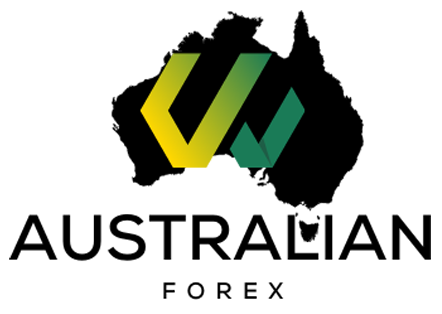Like in any other trade, forex trading which involves selling and buying of currencies, has some key terminologies that every person who wants to succeed and excel in the profession should be familiar with.
Read on as we look at some of the basic forex trading terminologies that every trader should know about, whether novice or experienced.
1. Currency Pair
In forex trading, the currency is usually traded in pairs. How you choose to exchange the currency is mainly dependent on how one currency performs against the other. However, several technical analyses and research can be used to determine how a particular currency will perform in the marketplace.
An example of a currency pair is GBP/USD. Now, if you are to buy GBP against USD, this would mean that according to your bet, the Great Britain Pound is likely to perform more strongly than the US Dollar and vice-versa.
Currency pairs are further divided into three main groups, namely;
- Major pairs: These include all the eight significant pairs that use the USD as the base currency.
- Cross pairs: They involve two major pairs that do not necessarily have the USD as the base currency. These pairs are considered more volatile than the major pairs.
- Exotics: They include the lesser-known currencies in the market, such as the South African Rand and the Polish Zloty. They are referred to as exotic currencies because of their extreme volatility in the market.
2. Pip
A Pip stands for ‘percentage in point.’ In forex trading, a pip is used to measure the exchange rate movement of currencies. This is to say that a pip is a numerical value unit used to calculate profits and losses. In all forex trading, a pip is equivalent to 0.0001.
Forex traders, therefore, make mention of the pip when referring to the profits, losses, or movements of the currency they are trading. For example, a trader can quote that the GBP/USD has gained 40 pips in the last two hours. A point to note is that the pip is always the 4th decimal on a currency pair price quote.
3. Leverage
Leverage is money borrowed from a trading account. Borrowing money from trading accounts helps the trader to open a position with a high bond size with less spending. If you want to trade best penny cryptocurrencies to invest or forex pairs without investing vast amounts of capital, then you should consider doing leveraged trading.
For example, assume a scenario where two traders have $10,000, and they both wish to spend a total of $2,000 for their trade margin. Now, the first trader, let’s say, has account leverage of 20:1 while the other trader has account leverage of 200:1. This means that due to the difference in their account leverage ratios, their exposure would also be different.
4. Margin
For a trader to open up a position, he needs some initial capital referred to as the margin. This initial capital also allows the trader to open a more prominent lot position size. To open the trade, a trader needs only to put forward a particular percentage of the total full value of a position when trading with a margin.
Although margin opens the door to leveraged trading, traders should be cautious as margin magnifies the chances of either making profits or losses.
5. Spread
A spread can be defined as the difference between the asking price of an underlying asset and the bid. The asking price is the actual price that a trader will use to buy a currency pair, while the bid price is the price that a trader is willing to sell a currency pair.
For example, if a trader is willing to sell the GBP/USD currency pair at 0.93870 and the buyer is willing to buy at 0.93875, the spread will be the difference between the two figures, which will be 0.5.
6. Volume
Also known as the lot size. In forex trading, a lot is the size of the position or trade that a trader opens. In all standard forex trading, one lot on a currency pair is equivalent to 100,000 units of the base currency pair.
For example, if you want to open a USD trade in a GBP/USD currency pair, this means that the lot size will be 100,000, as the GBP will be your base.
Conclusion
As forex traders, the technical terms and acronyms used in the trade are numerous. Constant reading and learning can add to your existing knowledge, thus making you a well-rounded forex trader for profit-making.

